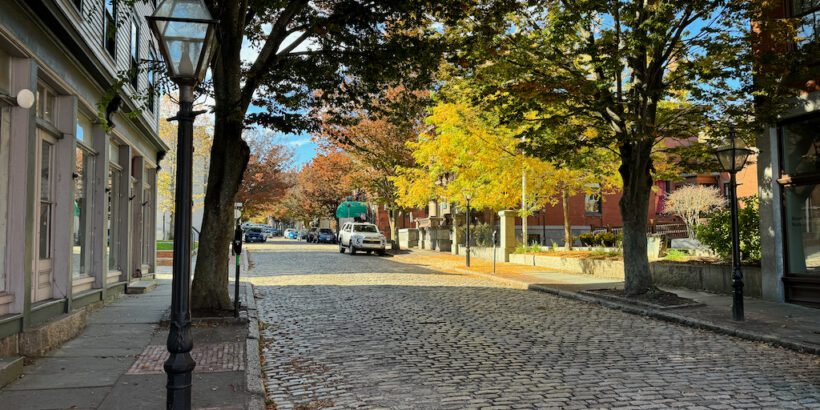New Bedford, Massachusetts, about 1.5 hours south of Boston, has swiftly become one of my newfound urban gems.
This city blends gritty charm, rich history, and delectable seafood that held me captivated throughout our 1.5 months in Massachusetts. Yet, it’s a city that you just don’t hear too much about.
This piece will delve into the historical depths of New Bedford and spotlight some of its top attractions.
New Bedford: the hidden gem
In 1652, English colonists acquired Old Dartmouth, (a region encompassing modern New Bedford) in a treaty involving the Wampanoag Chief Massasoit and John Winslow and William Bradford, among others.
But the town of New Bedford really started to come to life in the 1760s when shipwrights, carpenters, mechanics, and blacksmiths converged around its harbor, giving rise to a promising maritime community.
The city weathered the tumultuous Revolutionary War period, witnessing British forces marching down what is now Union Street, formerly King’s Street, setting ablaze businesses in Grey’s Raid.
Despite this challenging beginning, New Bedford achieved formal recognition, officially incorporating as the town of New Bedford on February 23, 1787.
Its storied history is deeply intertwined with the maritime industry, particularly the whaling trade.
In the early to mid 19th century, it surpassed Nantucket and emerged as the world’s preeminent whaling port, earning the moniker “City that Lit the World.”
The city’s strategic location along the southeastern coast of Massachusetts made it a hub for whaling expeditions that ventured into the Atlantic, Pacific, and Indian Oceans.
The bustling port was home to a fleet of whaling ships, and its skilled workforce played a pivotal role in the processing of whale oil, which was a valuable resource for illuminating lamps and manufacturing soap.
In the zenith of the whaling industry in 1857, the harbor of New Bedford played host to an impressive fleet of 329 vessels, collectively valued at $12 million. This extraordinary prosperity catapulted New Bedford into the position of the wealthiest city per capita in North America.
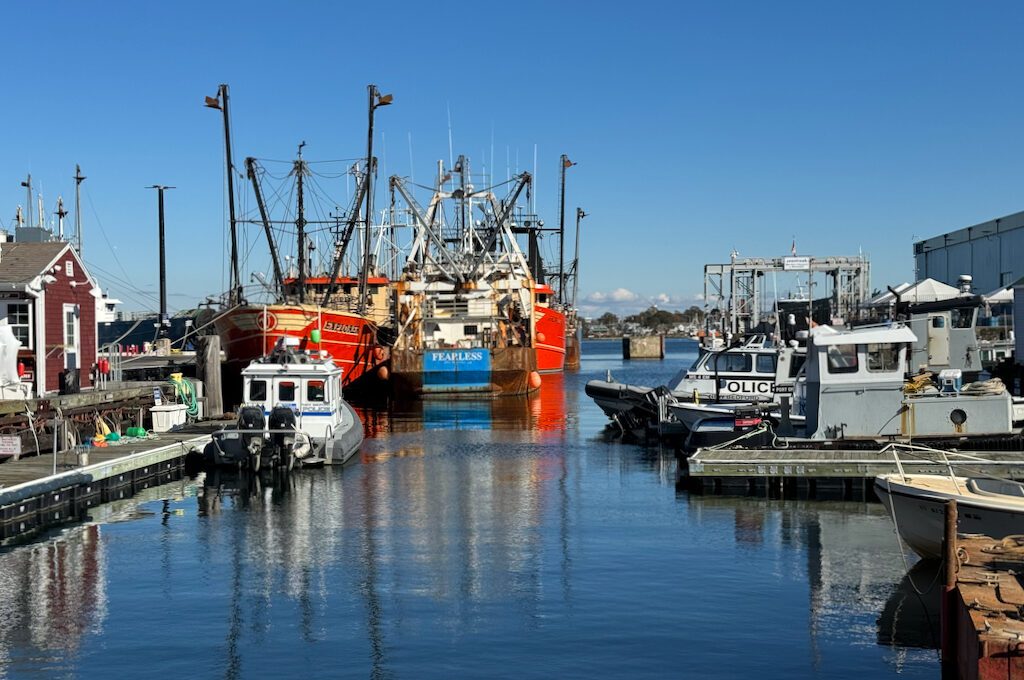
The New Bedford Whaling Museum stands as an impressive homage to this historical legacy, boasting a comprehensive collection of artifacts that vividly recount the city’s pivotal role in the 19th-century whaling industry.
Nestled within its expansive confines, visitors can marvel at colossal whale skeletons, gaze upon the world’s largest ship model, and even catch a whiff of whale oil. Read about our visit.
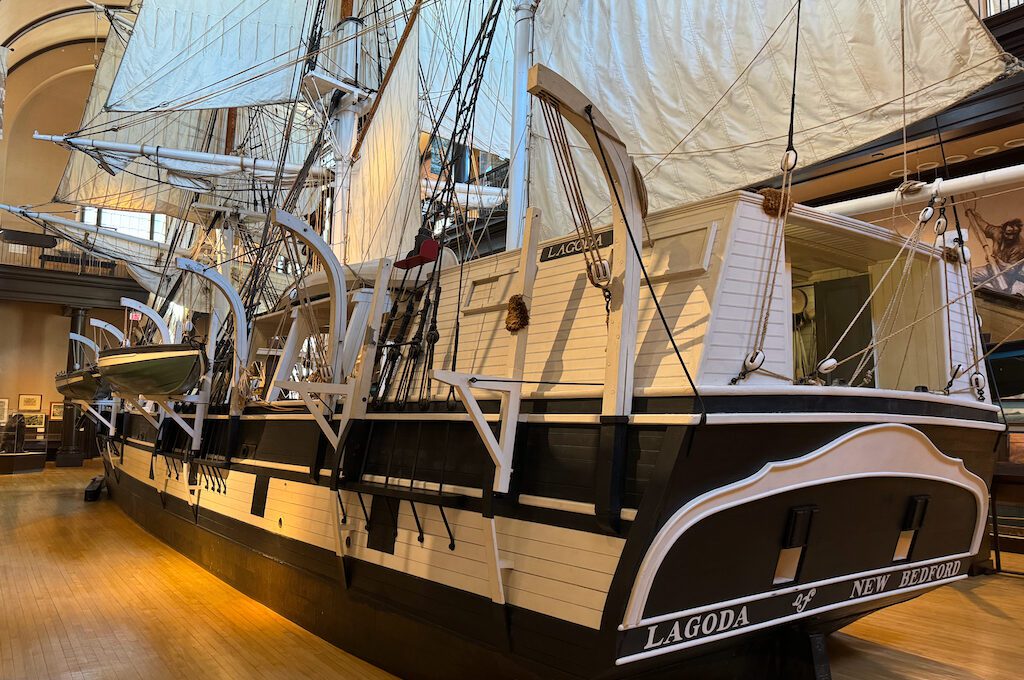
Situated in the historic district of New Bedford Whaling National Historical Park, the museum is seamlessly woven into the fabric of this charming locale, surrounded by other architectural gems.
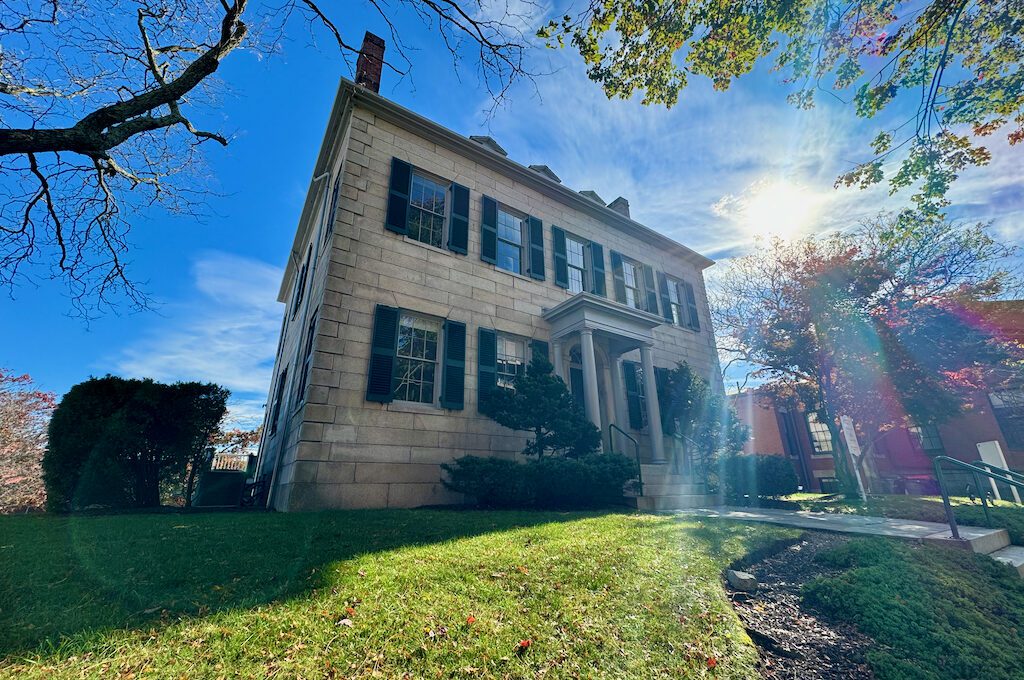
Street parking or nearby parking garages are where you’ll want to leave your vehicle, then your walking journey unfolds along enchanting sett stone roads. Sett stones are not “cobblestones” but the streets do showcase some cobbled sidewalks which are quite picturesque and unique.
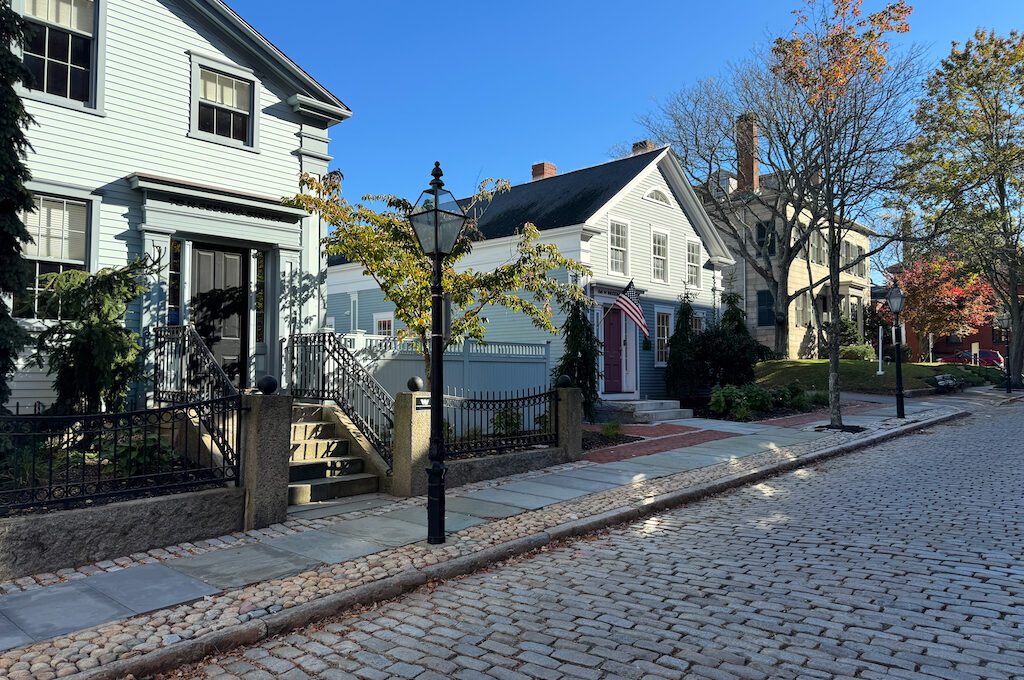
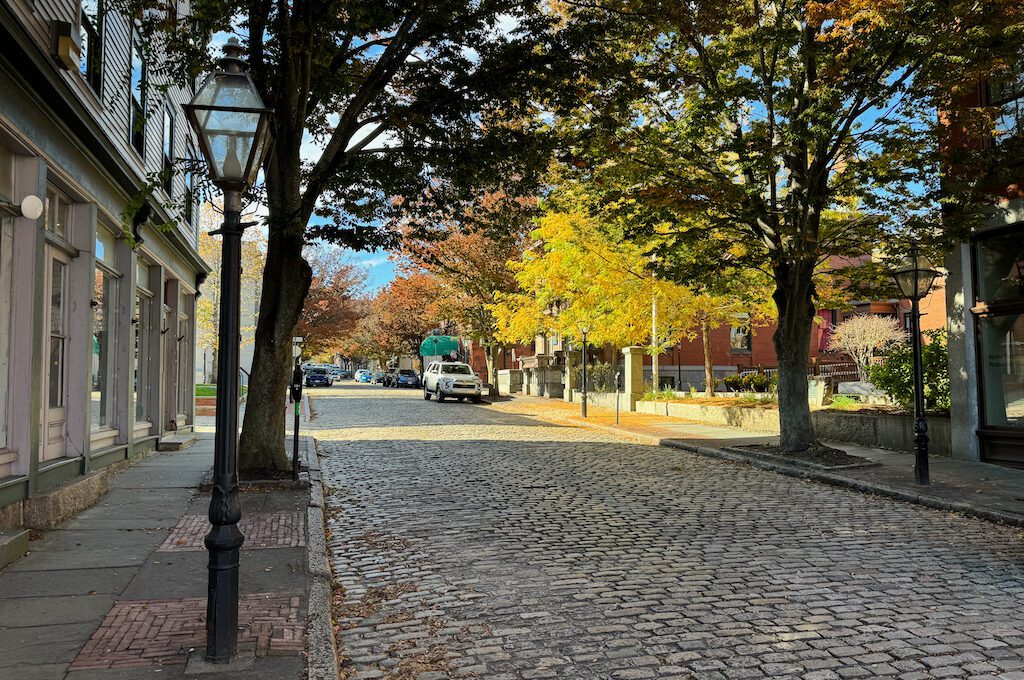
Among the noteworthy stops on this historical journey is the Seamen’s Bethel, a place where thousands of sailors sought solace and spiritual grounding before embarking on arduous multi-year whaling voyages.
This ritual of finding spiritual preparation before risking life and limb was strongly influenced by the Quakers in the region, who played a significant role in shaping the positive development of New Bedford and fostering robust connections with other cities.
Immersing oneself in this reflective space is an opportunity to step back in time, with a particular figure of literary fame associated with the Seamen’s Bethel—Herman Melville, the renowned author of “Moby Dick.”
Visitors can enter free of charge, exploring the very pew where Melville is said to have sat, while perusing the cenotaphs adorning the walls, poignant tributes to those who lost their lives at sea.
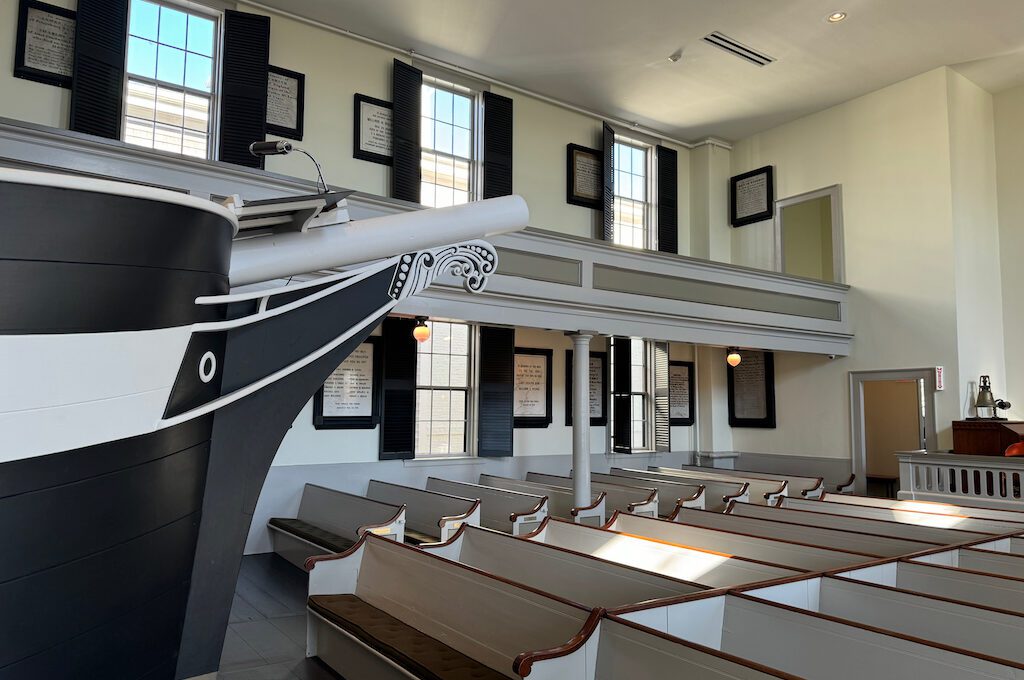
New Bedford’s historical significance extends beyond whaling, as it played a crucial role in the abolitionist movement during the 19th century.
One notable figure was Frederick Douglass, a former slave turned abolitionist, who found refuge in New Bedford in 1838. Douglass became an influential speaker and writer, using his voice to advocate for the abolition of slavery and equal rights for all.
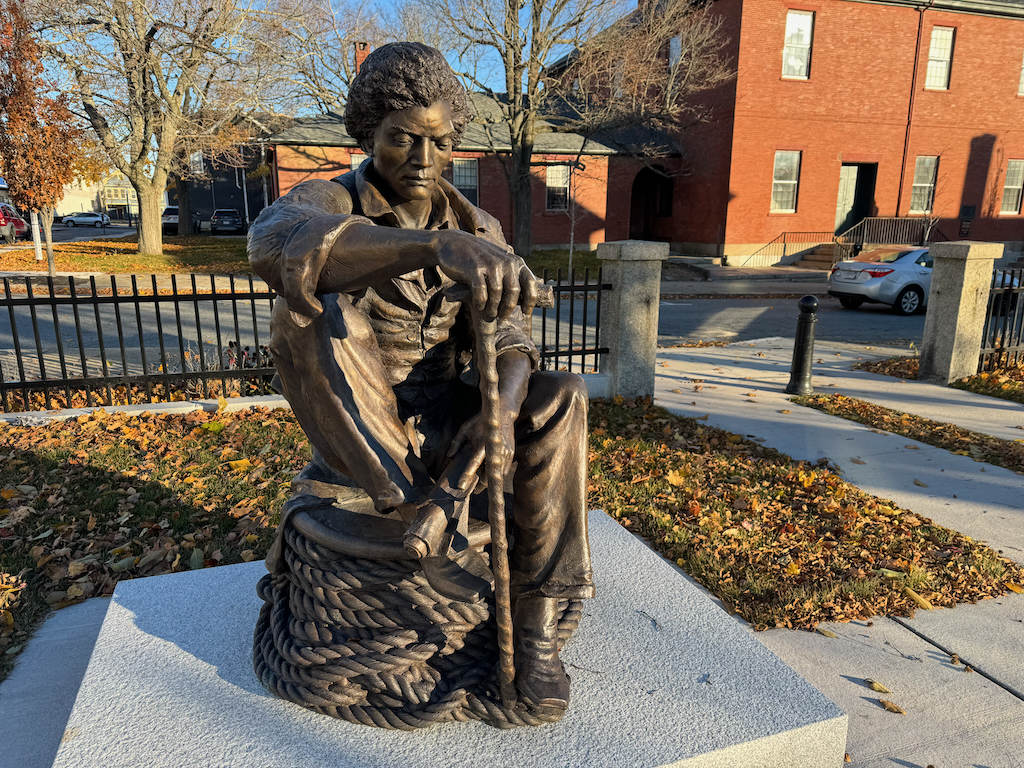
The Nathan and Polly Johnson House on Abolition Row at 21 Seventh Street served as Douglass’s residence when he first arrived in New Bedford. This house, now a National Historic Landmark worth visiting via private tour, played a crucial role in his journey to freedom and his subsequent activism.
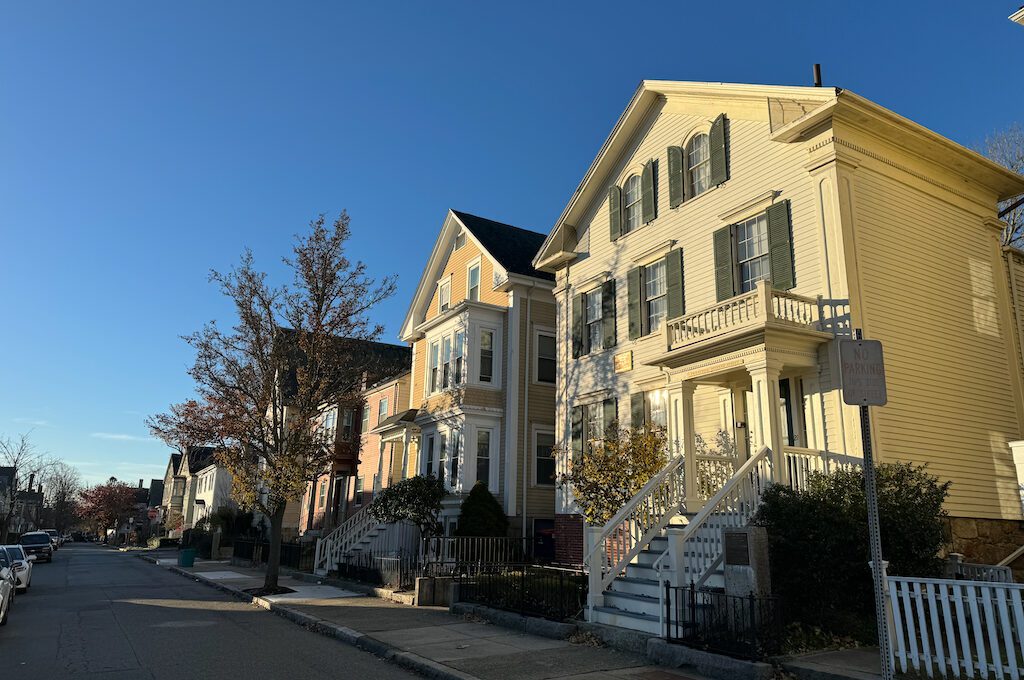
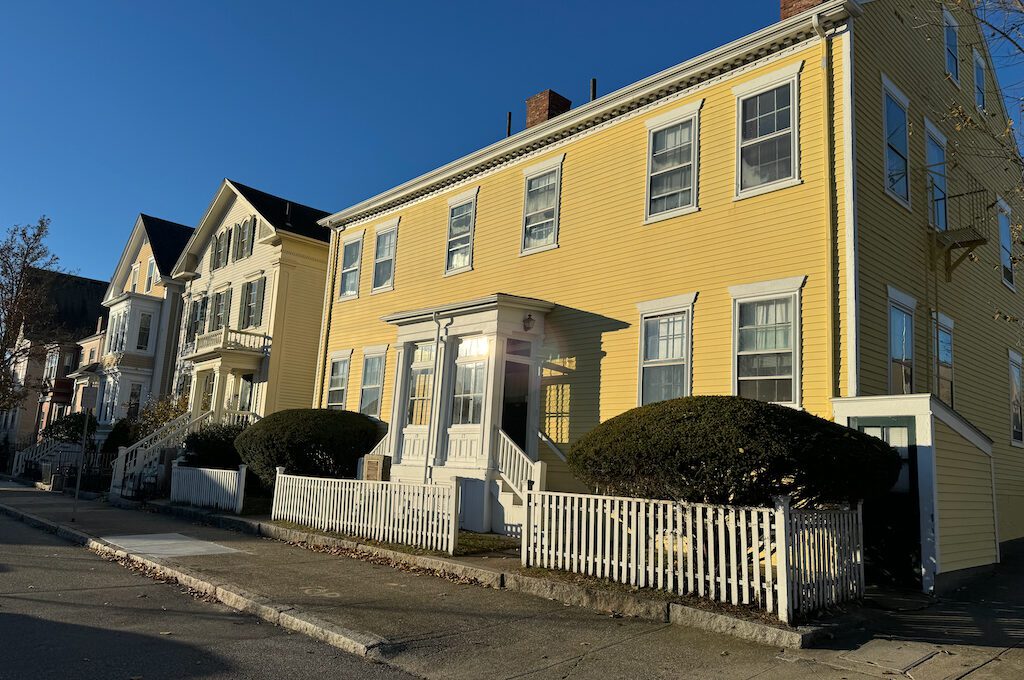
Another pivotal location in New Bedford’s abolitionist history is the Friends Meeting House, located at 83 Spring Street. This Quaker meeting house served as a meeting place for activists and abolitionists, including Douglass, who became affiliated with the Quaker community.
Quakers, who had been in the region since its formation in the 1600s, were known for their anti-slavery stance and played a prominent role in the Underground Railroad network.
The Friends Meeting House provided a space for organizing anti-slavery events, lectures, and discussions, fostering a sense of community among those dedicated to the abolitionist cause.
New Bedford’s role as a key station on the Underground Railroad provided a unique opportunity for escaped slaves to seamlessly integrate into the community, particularly in the bustling whaling industry which was known for being very accepting.
The city’s thriving maritime activities created an environment where individuals seeking freedom could find work and establish new lives. Lewis Temple an African-American blacksmith made a massive contribution by inventing the toggle iron harpoon, which revolutionized the whaling industry.
The transient nature of the whaling industry, with crews departing on lengthy voyages and returning sporadically, allowed escaped slaves to blend in with the diverse population of sailors, laborers, and immigrants.
Black leaders of the time were deeply struck by the political activism and social cohesion among the people of color in New Bedford. Moreover, the city’s exceptional embrace of diversity transformed it into a haven for thousands of fugitive slaves during that era.
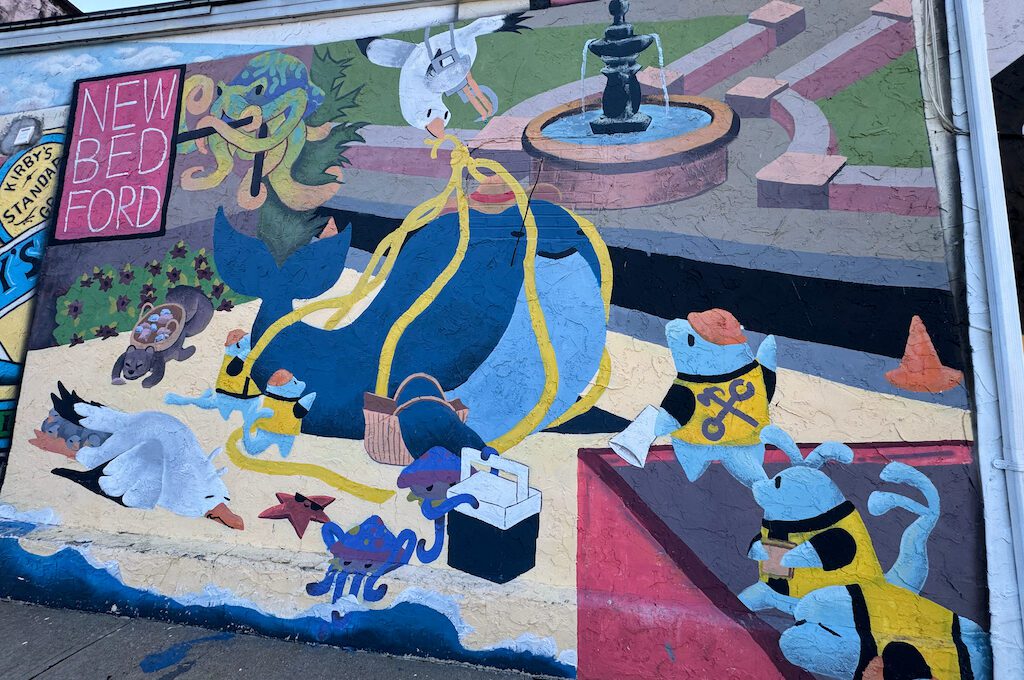
As the whaling industry began to wane in the late 19th century, New Bedford underwent a significant economic transformation, pivoting towards the textile industry.
This shift played a pivotal role in shaping the city’s industrial landscape, fostering a huge wave economic prosperity even greater than the whaling industry.
One of the prominent contributors to New Bedford’s textile industry was the Wamsutta Mills. Established in 1847, Wamsutta Mills became a leading textile manufacturer, producing high-quality cotton goods.
The mill complex, with its towering structures and humming machinery, symbolized the city’s adaptation to the changing economic landscape.
In 1875, the Wamsutta Mills processed a staggering 19,000 bales of cotton, transforming them into a whopping 20 million yards of cloth.
This production had a wholesale value rivaling that of the entire whaling catch and by 1892, it became the largest cotton-weaving factory in the world. The New Bedford Museum of Glass is found in one of the old Wamsutta Mills buildings, as it closed down in the 1950s after losing out to competition in the South.
Today, New Bedford stands proudly as a major fishing capital, hosting a modern and thriving seafood industry that not only sustains the community but also bridges its present with a storied maritime past. In fact, it recently generated the highest annual value of any fishing port in the United States.
For those seeking a deeper understanding, a visit to the Fishing Heritage Center Museum offers an immersive dive into the daily life of a fisherman and provides a comprehensive overview of the industry.
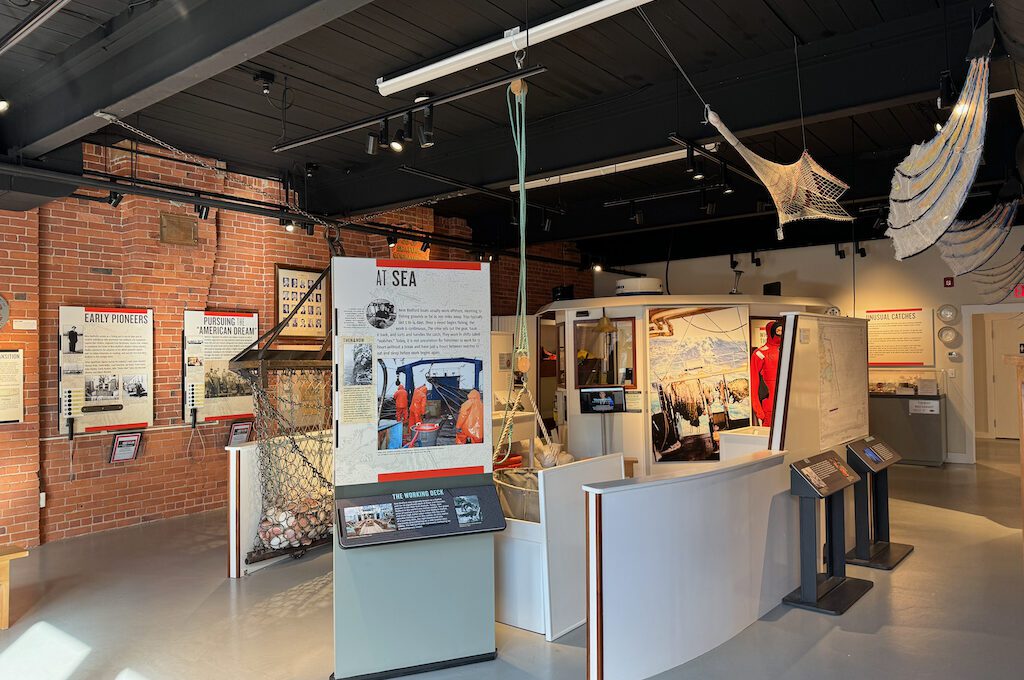
To truly savor this maritime legacy, indulge your taste buds at one of the exceptional seafood restaurants in the area. The Black Whale, for instance, is a tempting choice, boasting some of the most delectable scallops one could envision. Don’t miss out on the boom-boom shrimp!

And if you’re feeling like taking a delicious detour into simplicity, venture into the unassuming Dog House Restaurant – a hole-in-the-wall burger joint where the servers sport New England accents thicker than a clam chowder

If it’s an extravagant dessert you’re craving, then you’ll want to head up to Acushnet Creamery. Go for one of their signature cream sundaes and be amazed by the towering peak of sweetness they serve up. It’s all homemade right at the creamery.
A visit to New Bedford wouldn’t be complete without a stroll along the Harbor Walk which is essentially a sea wall to protect against coastal flooding. I highly recommend this around sunset or sunrise.
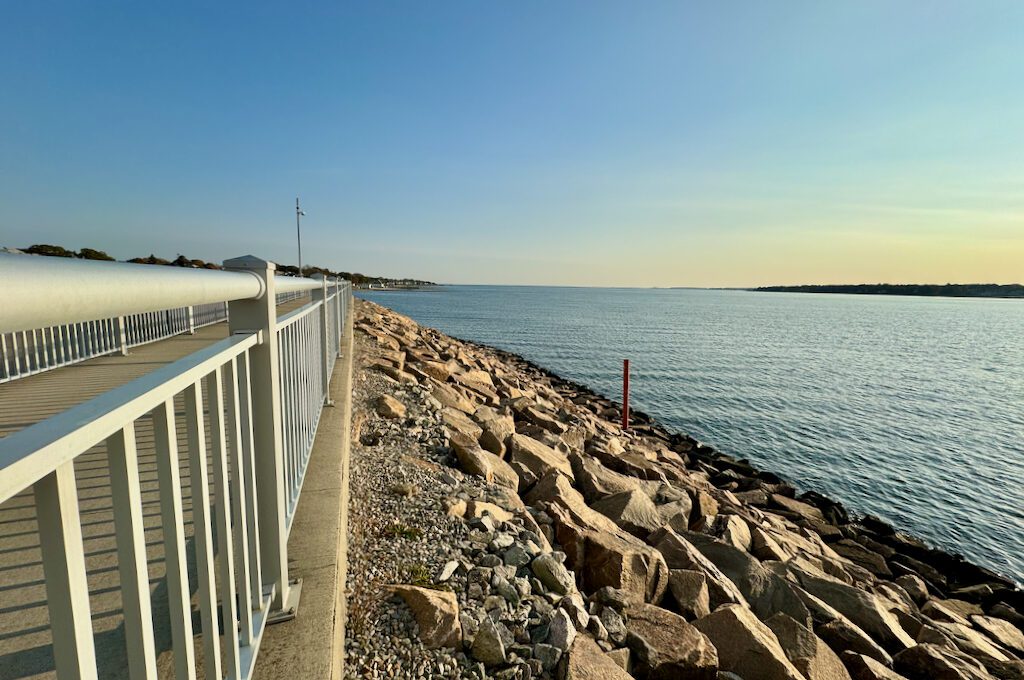
Final word
New Bedford beckons with a plethora of intriguing attractions still left for me to uncover, ranging from the eclectic museums and the scenic Fort Taber Park to the uncharted culinary delights of its undiscovered restaurants. Despite being steeped in captivating history, New Bedford often escapes widespread recognition, making it a hidden gem waiting to be explored by those seeking a rich range of experiences.
Daniel Gillaspia is the Founder of UponArriving.com and the credit card app, WalletFlo. He is a former attorney turned travel expert covering destinations along with TSA, airline, and hotel policies. Since 2014, his content has been featured in publications such as National Geographic, Smithsonian Magazine, and CNBC. Read my bio.

